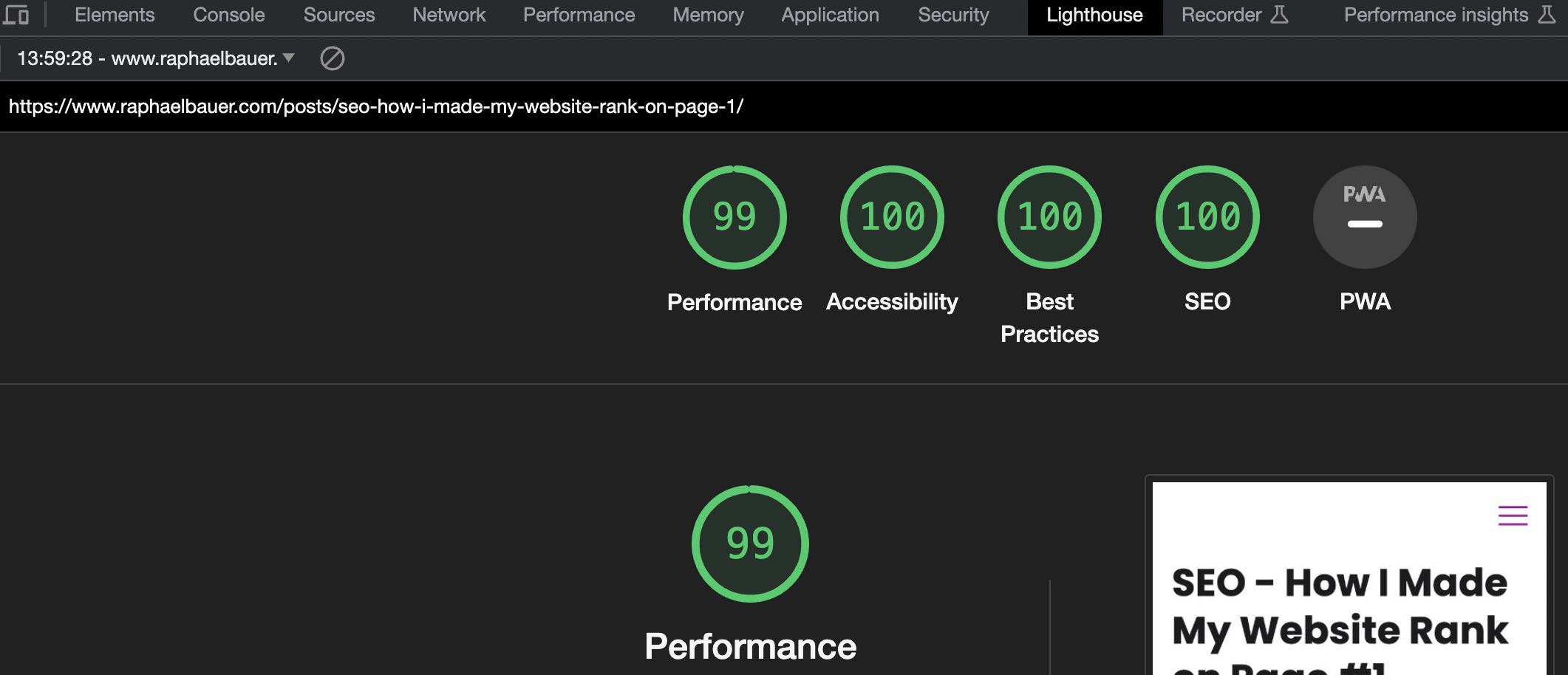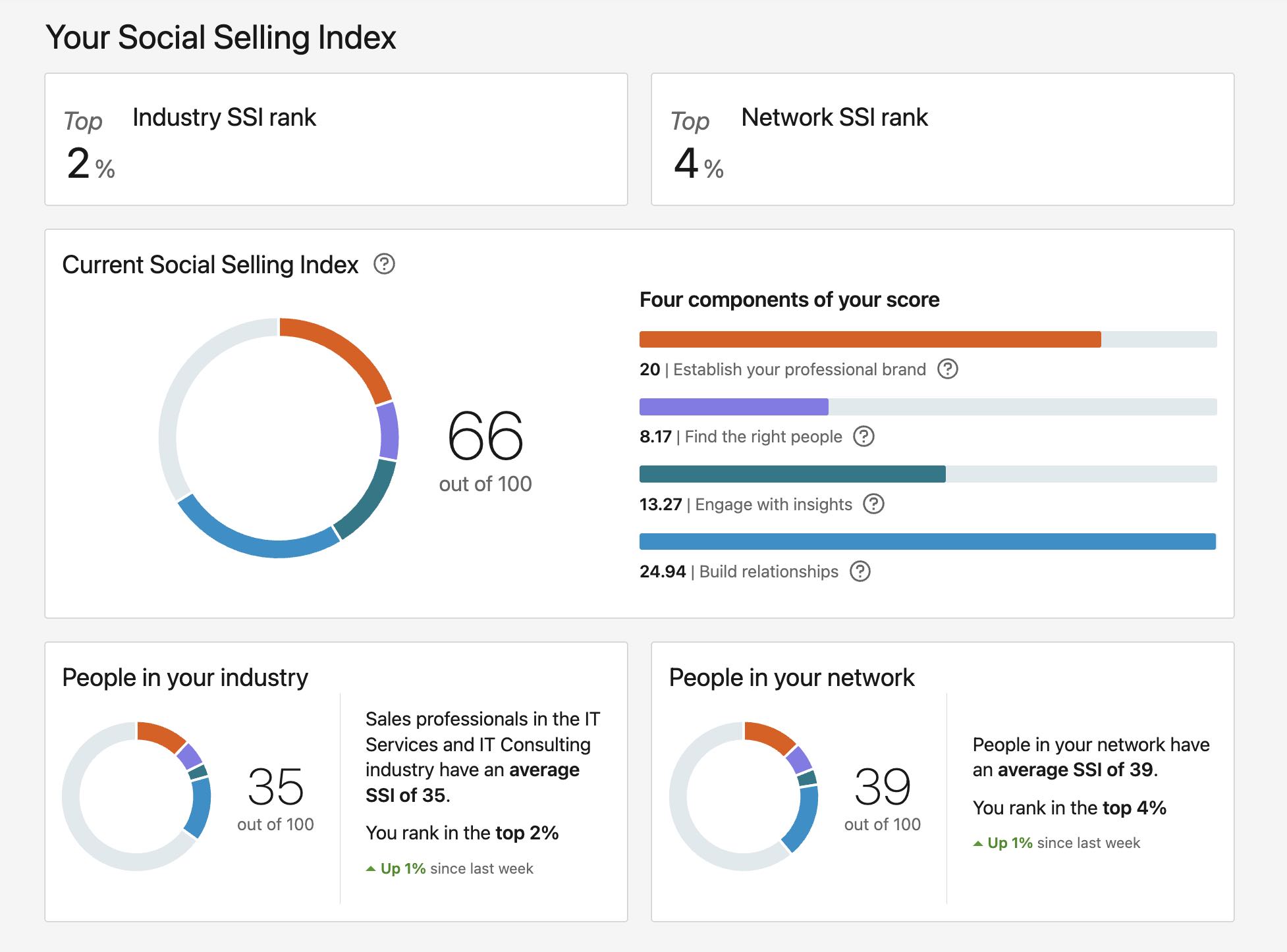Introduction
When working as Interim CTO the topic of SEO frequently comes up. SEO influences many management decisions and for an interim manager it is crucial to know the basics. Good SEO can make a great company, bad SEO can break.
Let’s check out how I set up SEO for my own business.
Having visibility on search engines like Google is crucial for me to attract potential clients and receive requests. I am happy to announce that my website, www.raphaelbauer.com, now ranks on the first page for the important keyword “Interim CTO” on Google, DuckDuckGo and others. Let’s talk about strategies that helped me reach that goal.
Emphasizing SEO and SEM
When it comes to making my website rank highly, I have always leaned towards SEO (Search Engine Optimization) rather than SEM (Search Engine Marketing). For me, paying for ads to boost rankings is not the preferred approach. SEO, when executed well, not only pleases search engines but also enhances the website’s overall reputation, especially when complemented with high-quality blog posts.
Witnessing the Power of SEO
The power of SEO became evident to me when I launched the company “BackupGoo”. We achieved first-page rankings for relevant keywords like “Google backup” and “G Suite backup.” This success resulted in a substantial influx of business towards our platform, reinforcing the importance of a well-crafted SEO strategy.
The SEO Strategy
My SEO strategy revolves around three key elements: speed, content and internationalization.
Speed
To ensure swift loading times and optimal user experience, I use Hugo, a static site generator that produces simple HTML files. These files are served via Nginx from a Hetzner server in Nuremberg. As a result of these efforts, my website boasts an impressive Lighthouse score of 100. But in simple terms it just loads incredibly fast - even over slow connections. Google likes that.

Content
Consistency is key when it comes to blogging. I have been publishing weekly blog posts for several weeks now, covering a range of engaging topics related to management and technology. By focusing on content that resonates with my target audience, I have been able to draw more attention to my website.
Internationalization
Apart from good content I try to translate as much content as possible from English to German. Tools like DeepL make this a no-brainer. To that end, I created a semi-automated translation pipeline which is a topic for another blog post. But my feeling is that webpages available in two languages are very appealing for search engines.
The Social Strategy
While SEO is the foundation of my visibility strategy, I also utilize social media to amplify my reach and create a buzz around my website.
Posting daily on Twitter, primarily on interesting tech topics and occasionally sharing content from my blog, has been a challenge in gaining followers. Although I believe my content is compelling, Twitter’s algorithm and audience dynamics make it difficult to grow significantly. Ouch. 👎
In contrast, my efforts on Linkedin have yielded better results. Posting twice a week on this platform, particularly focusing on topics related to business, has resonated well with the audience. Many people share and like my posts, leading to increased clicks on links to my website. I am now in the top 2% of the SSI index.

Results and Promise
I am now ranking on the first page for “Interim CTO” in Germany. This keyword is very relevant to me, and people are actively searching for it. While I don’t anticipate daily requests, this is incredibly promising in terms of business.
Conclusion: Key Ingredients for Success
Achieving a high ranking on search engines remains crucial, and my experience has highlighted the following key ingredients for success:
Good and Internationalized Content: Regularly publishing high-quality, relevant blog posts attracts both search engines and users. Translating them to English and a language in your target market are a big plus.
Fast Site: Prioritizing website speed and optimization enhances the overall user experience and can positively impact search rankings.
Social Media Strategy: Utilizing social media to promote content and engage with the audience can significantly boost visibility and website traffic.
While my website’s current ranking is an accomplishment, I am aware that maintaining this position requires ongoing efforts. I will continue to monitor and report on the website’s performance in the coming months. Let me know if you got any feedback on how to improve further!
More
- Image on top by the awesome Possessed Photography
